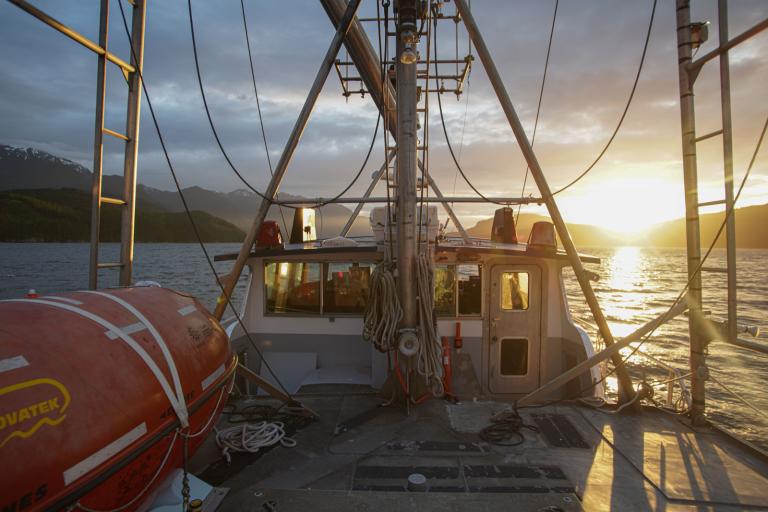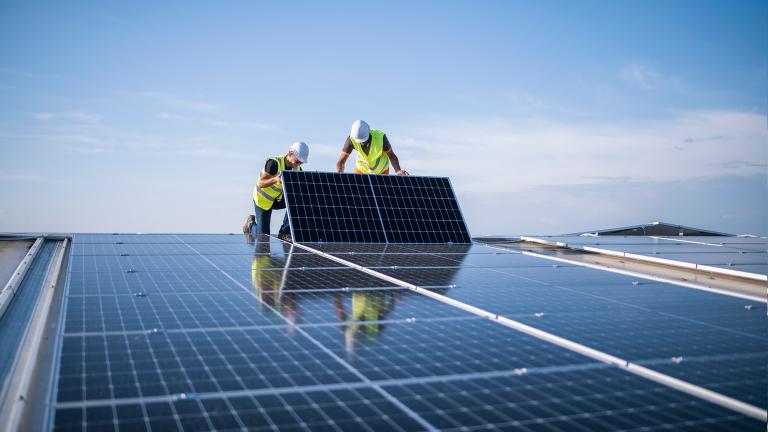Over the past decade, wildfires have grown larger and increased in intensity and destructiveness throughout Washington state. This alarming trend is illustrated clearly by the annual acres burned in the state: In the 1990s, an average of 86,000 acres burned each year. In the 2000s, the average increased to 189,000 acres annually. In the past five years, the annual average grew to more than 488,000 acres burned.
Then came 2020. In just 72 hours over Labor Day weekend last year, more than 600,000 acres burned. By the end of the 2020 fire season, more than 1,600 wildfires had consumed more than 800,000 acres, destroyed 298 homes, and rung up tens of millions of dollars in firefighting costs.
The danger of another devastating fire season remains high in 2021. This spring, hotter weather temperatures, drought conditions, and strong winds have left Washington vulnerable to fast-spreading wildfires, resulting in more than 500 blazes so far — 53 percent higher than last year’s historic pace, and 89 percent higher than the five-year average for this point in the year.
It could likely be another long, hard fire season. Now, more than ever, the public needs to be vigilant and take fire prevention measures.
In this documentary, produced by the Department of Natural Resources (DNR), you’ll hear the inspiring stories of people who have gone through and overcome some of the most damaging elements of wildfire: personal injury, trauma, and homes lost to the flames.
You’ll hear from firefighters, evacuated residents, tribal leaders, forest health scientists, and small forestland owners who are taking steps to protect their property and the rest of the Evergreen State in the process.
To achieve resilience in the face of these threats, recent legislation has provided funding to expand the state’s wildfire fighting force and forest health restoration efforts. But these programs can’t protect the state’s forests or communities without the public’s help. Human ignitions — from camp fires, cars, cigarette butts, and the like — are responsible for 90 percent of all wildfires. Limiting these ignitions is one of the best ways to actively manage wildfire risk.
Renters, homeowners, and small forest landowners in at-risk areas can also receive assistance to better prepare their properties to protect against and prevent the spread of wildfire. Programs like Wildfire Ready Neighbors, a collaborative effort between DNR, local wildfire experts, fire departments, and community organizations to boost community-wide efforts, can help. Other programs include DNR Landowner Assistance and Cost-share, the Fire Adapted Communities Learning Network, and Firewise USA.
“If this is going to be the new reality, we need to have adequate resources,” said Bryan Jeter, the chief of police in Bonney Lake, which was evacuated last year when threatened by the Sumner Grade Fire. “Instead of rebuilding our communities every year, we need to prepare to make sure that we’re saving those communities.”
Led by Commissioner of Public Lands Hilary Franz, the Department of Natural Resources is Washington state’s wildfire firefighting force, responsible for preventing and fighting wildfires on 13 million acres of private, state, and tribal-owned lands. The men and women of DNR are committed to ensuring Washington’s lands, waters and communities are protected – both today and for future generations.




